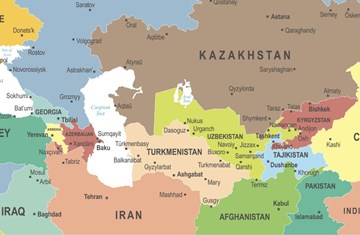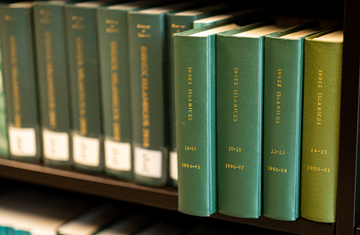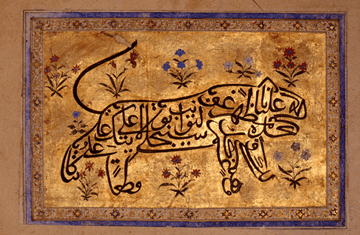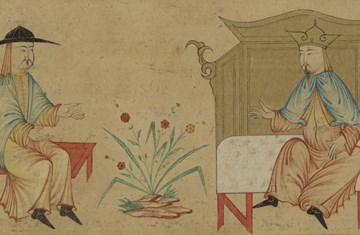Dr Farhad Daftary Appointed Lifetime Member of Accademia Ambrosiana
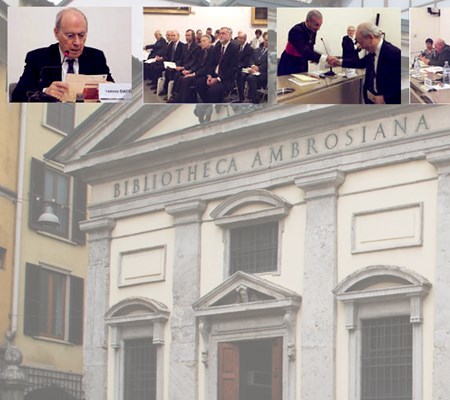
Dr Farhad Daftary, Co-Director of the Institute, was appointed a lifetime member of Accademia Ambrosiana in Milan, Italy, in NovemberThe Ambrosian Academy has its seat at the Ambrosian Library, founded in 1609 in Milan. The Academy promotes and coordinates systematic research and publications in different cultural fields, also encouraging dialogue between various cultures.
The Grand Chancellor of the Ambrosian Academy is the Archbishop of Milan, who is responsible for overseeing the affairs of the institution and for the appointment of its members. The Academy is organised into seven ‘classes’, which in turn are sub-divided into sections on the basis of regions and languages.
The members of the Ambrosian Academy are chosen from amongst scholars who have distinguished themselves in the specific field of study of each class. Upon the recommendation of each class’ Steering Committee and the approval of the Academy’s General Assembly, these members are appointed by the Grand Chancellor. Dr Daftary was appointed as member of the class of Oriental Studies. Professor W. Madelung and Josef van Ess were appointed as members in previous years.
Dr Carmela Baffioni, a Senior Research Fellow at The Institute of Ismaili Studies said: “The Accademia Ambrosiana aims at enlarging the scope of the relationships between different cultures, and Dr Daftary’s scientific works on the history of Shi ‘ism and Ismailism, as well as his efforts to make Shi‘i and Isma‘ili cultures known at various levels, will surely grant an important contribution to the research projects of the Accademia Ambrosiana. A great scholar enters a great institution.”
Prior to receiving the award, Dr Daftary gave the annual Reza Khazeni Memorial Lecture in Iranian Studies at the University of Utah, USA, on Shi‘i Islam and Its Manifestations in Iran.


